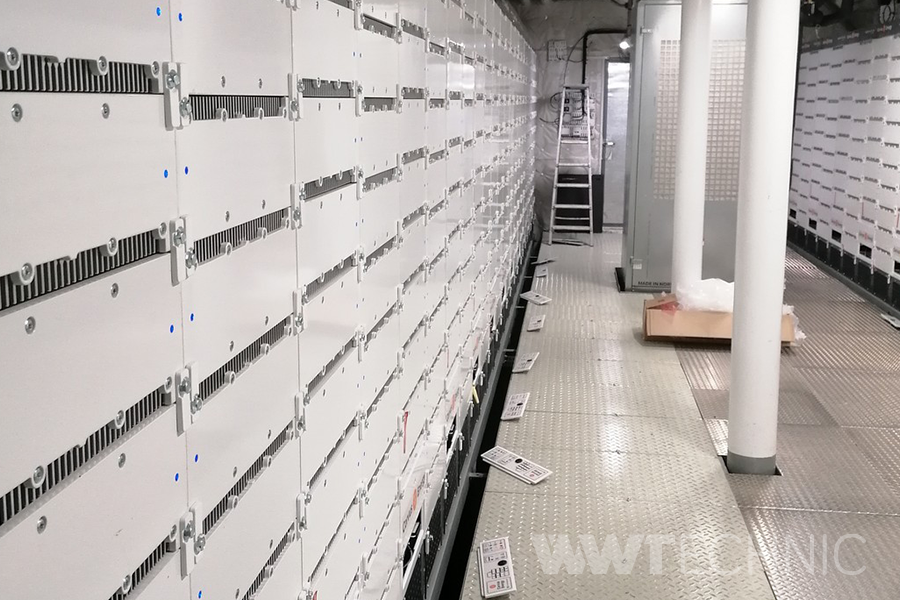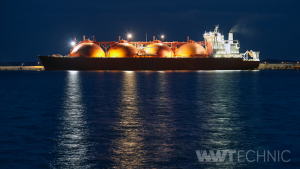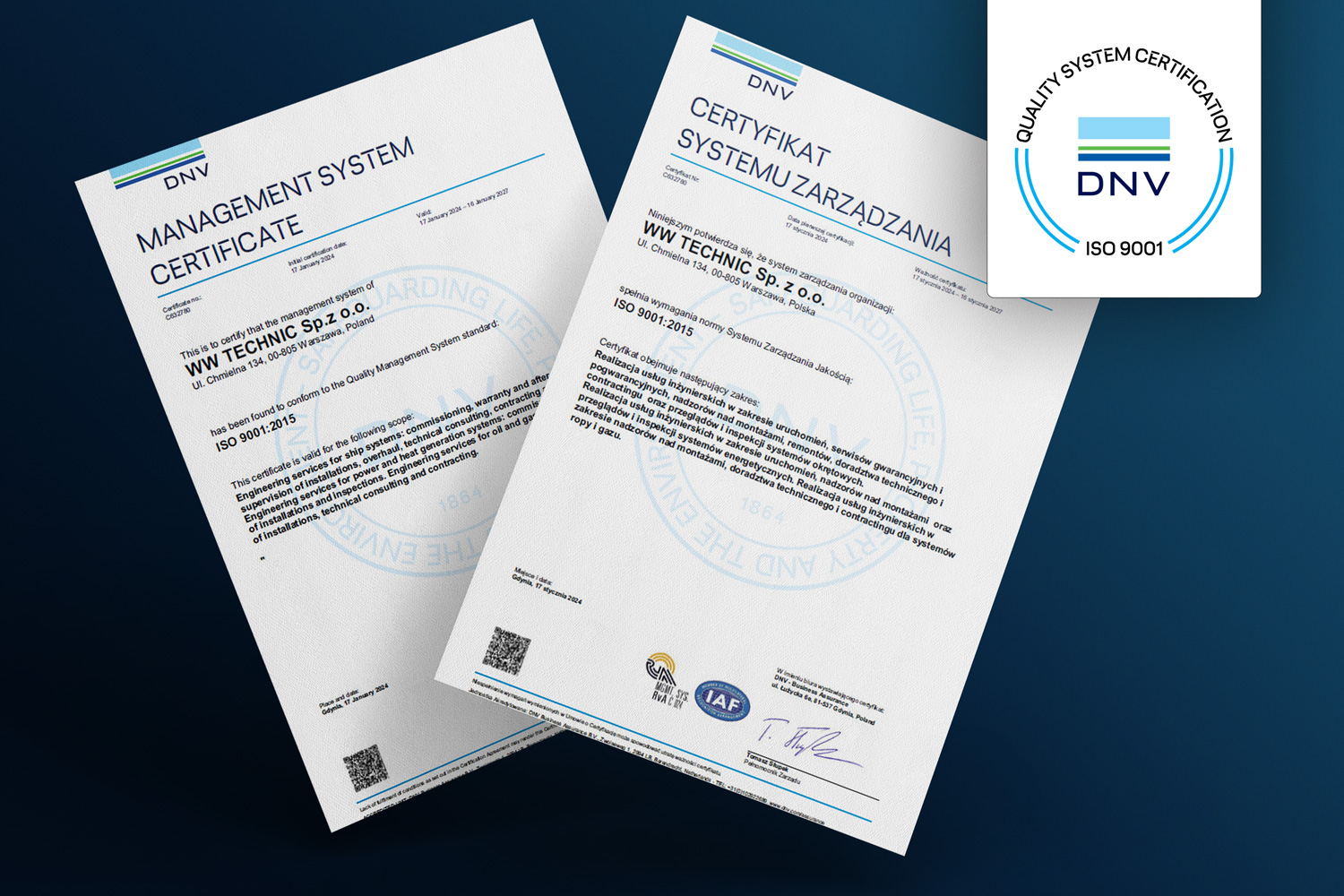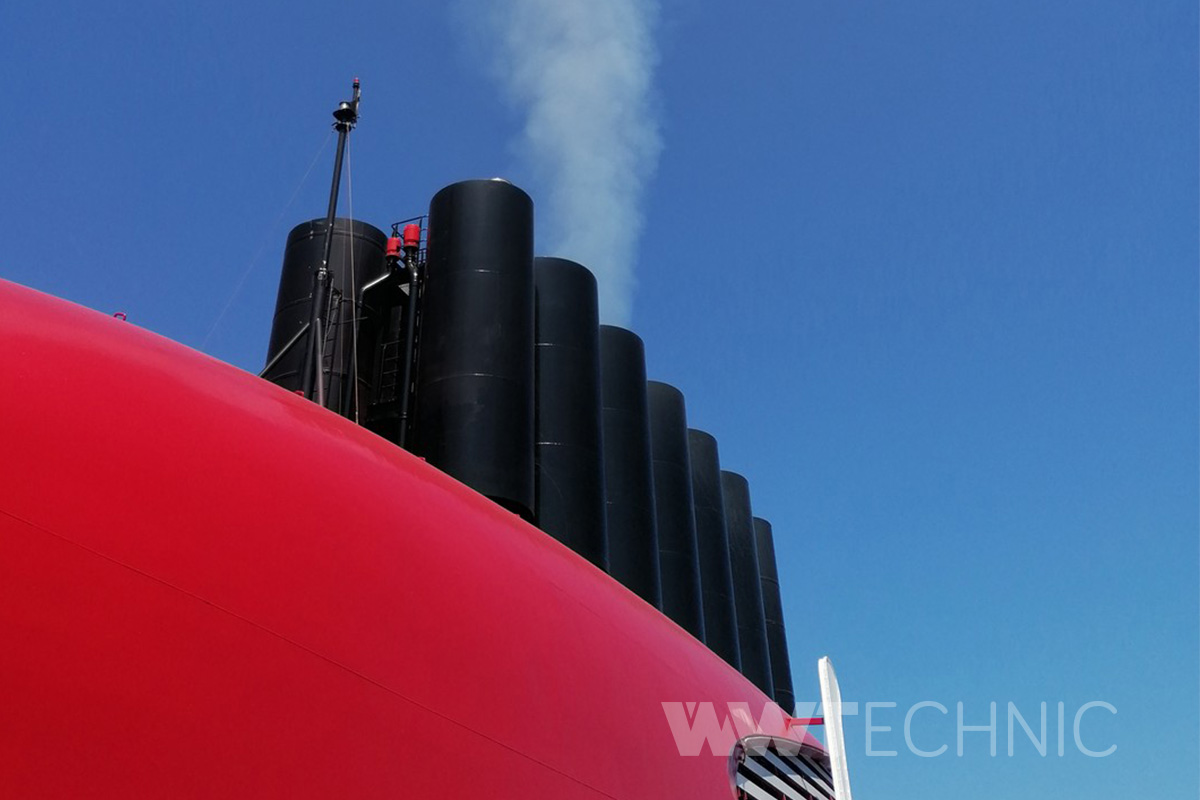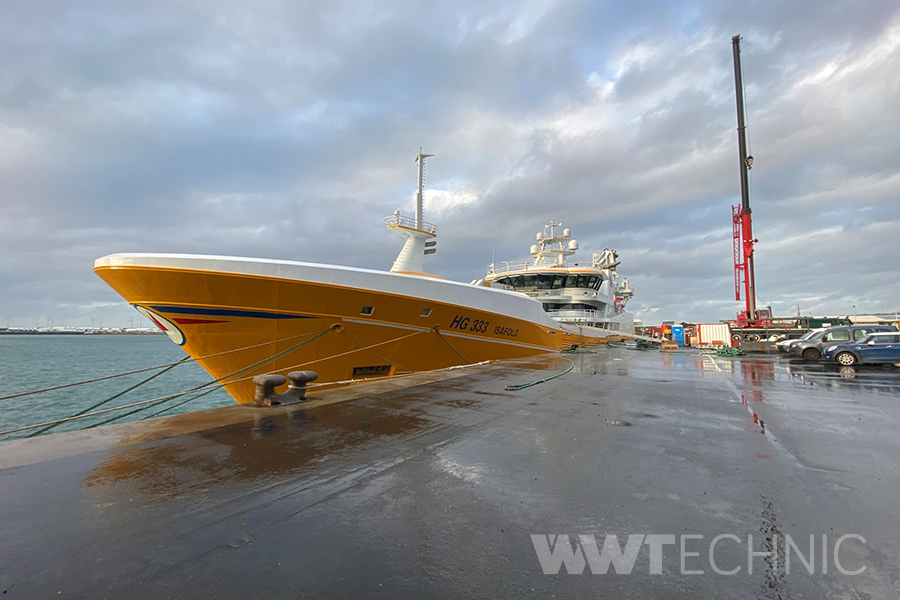
Picture by Antoni Jarmolski
Discover with us how Energy Storage Systems (ESS) in Maritime Technology! They are reshaping maritime operations today! Learn about their significance, applications, and recent advancements from our experienced engineers: Piotr Drozd, Antoni Jarmolski, and Piotr Nowacki. Partnering with green players
like Corvus Energy, WW Technic drives the hybridization of the maritime industry.
What are Energy Storage Systems?
ESS (Energy Storage System) encompasses a range of technologies designed to store electrical energy for later use. These systems play a pivotal role in maritime operations, providing power for propulsion, auxiliary systems, and onboard equipment. With a focus on sustainability and efficiency, ESS reduces emissions and operational costs while enhancing vessel performance.
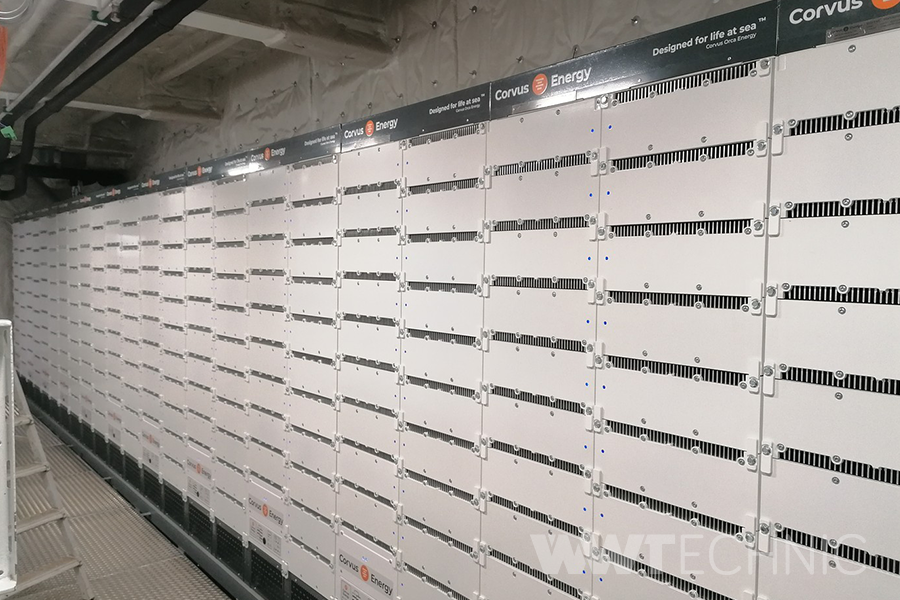
Picture by Piotr Drozd
Battery Energy Storage Systems (BESS) are based on various technologies of Lithium-Ion battery cells arranged into modules, packs, and then arrays. They are protected and tuned by dedicated Battery Management Systems (BMS) which bring cells into balance dynamically, working whenever conditions permit. Depending on the operational and load profiles of the vessel the ESS can work in different applications such as:
Spinning reserve – which uses ESS for reserve power when switching off the gensets.
Peak Shaving – Sheaving the load peaks and operating engines at a more optimum load.
Load leveling – Reducing the load variations to provide smoother engines operation.
Zero-emission and silent sailing – Operating the vessel in a green, quiet, exhaust- free manner by supplying the ship’s grid only with ESS.
Rapid load response – Supplying immediate power to large power consumers, where slow engine response can limit the available instant power.
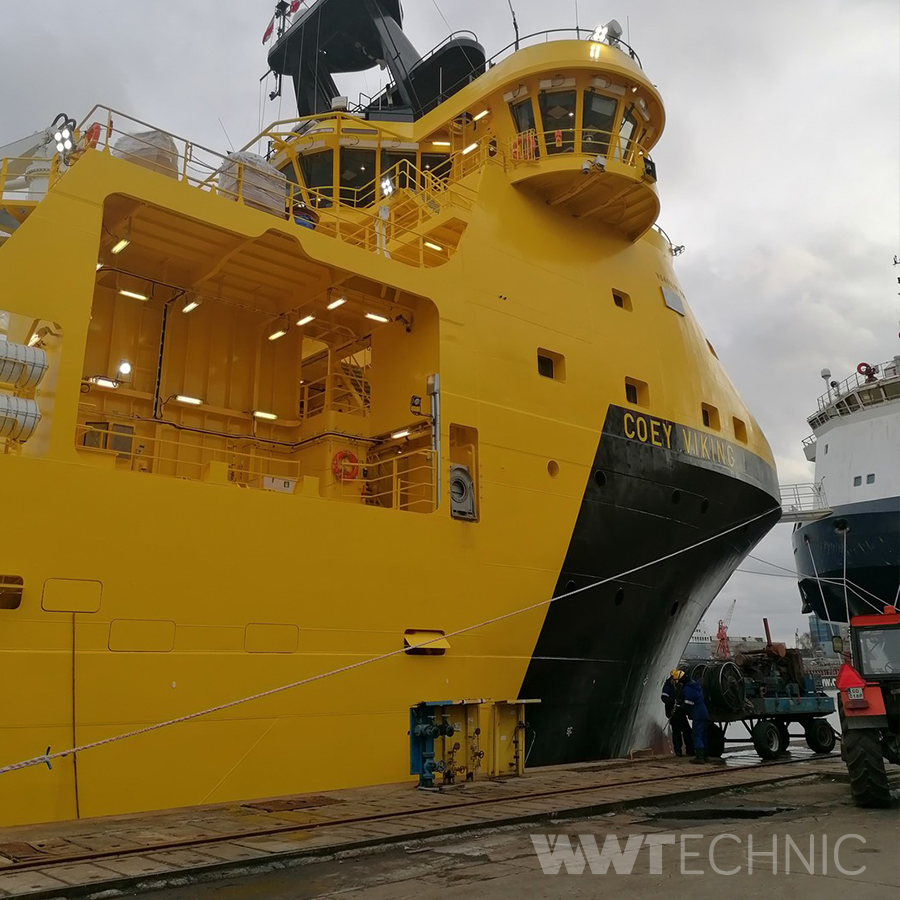
Picture by Piotr Drozd
Energy Storage Systems knows no bounds
Our engineers Piotr Drozd, Antoni Jarmolski, and Piotr Nowacki have been at the forefront of Energy Storage Systems implementation. Before working on diverse projects across Europe and beyond they attend hands-on training in our local shipyards in Gdansk and Szczecin. Their involvement in projects spanning from 89kWh to 4,1MWh showcased the versatility and impact of ESS in maritime applications.
From Piotr Drozd’s first solo project in Romania, where he installed ESS on the “Seaspan 1” ferry, to the luxury yacht “Shakleton” and his subsequent endeavors on tug boats in Turkey, the deployment of Energy Storage Systems knows no bounds.
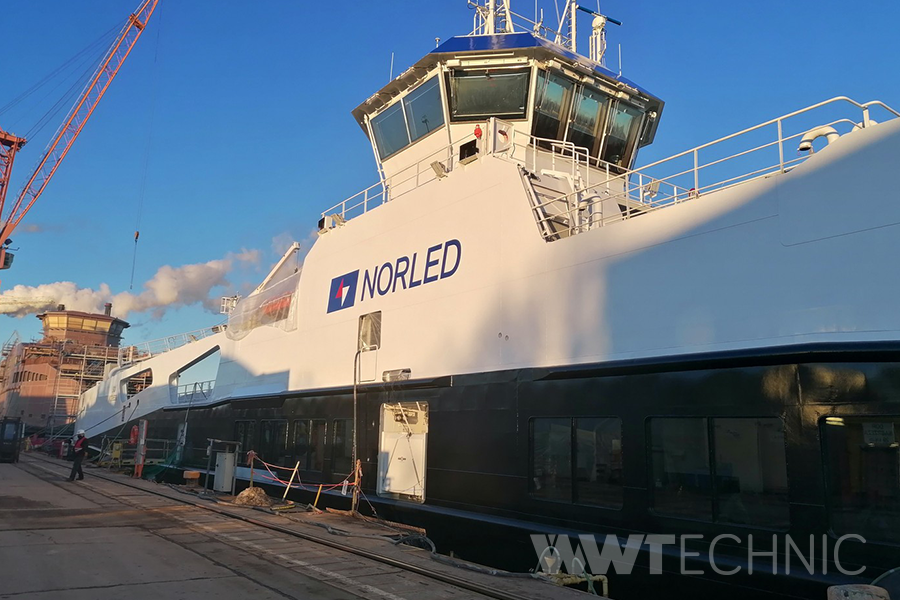
Picture by Piotr Drozd
Antoni Jarmolski’s engagements reveal a similar trend, demonstrating the widespread integration of ESS in modern fleets.
With a diverse portfolio ranging from ferries to offshore vessels, our team is gaining experience on various vessels in multiple latitudes. Let’s see the story from Piotr’s perspective:
The first steps with Energy Storage Systems
Piotr went on his first solo project for Corvus after completing 3 hands-on trainings together with Antoni. The trainings took place in our backyard shipyards in Gdansk Remontowa Shipbuilding and Remontowa Shiprepair. It was a ferry for the Norwegian shipowner Norled. The integrator was the Norwegian company WESTCON (Now SEMA). The next one was a retrofit on the PSV “Coey Viking”. Then they continued their training in a shipyard in Szczecin.
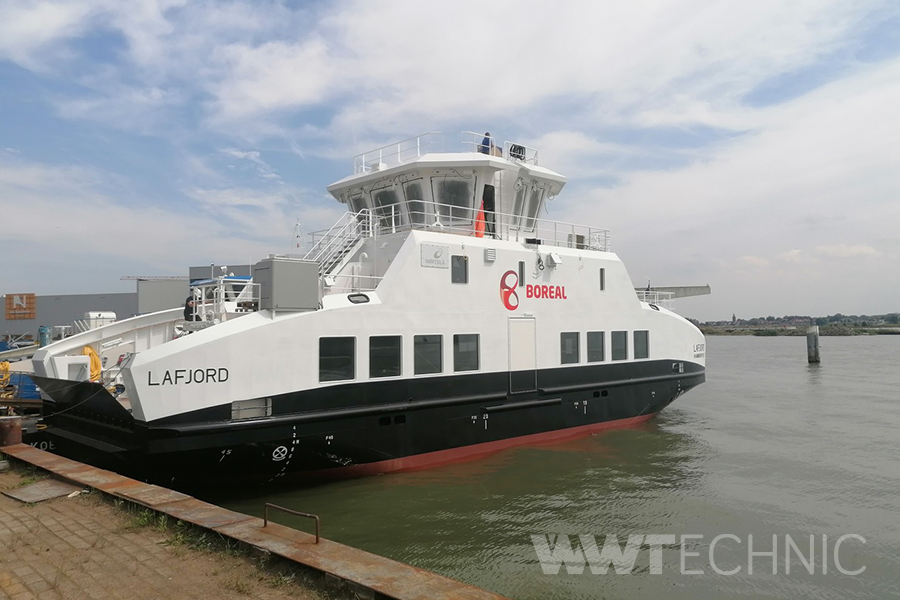
Picture by Piotr Drozd
In July 2021, he began working on his first solo project in Romania, specifically in the town of Mangalia. At the time, The DAMEN shipyard was constructing a ferry named “Seaspan 1” for a Canadian owner. The ferry is a hybrid vessel that runs on a combination of LPG and battery power. Onboard, there are two distinct battery rooms, each containing two rows of batteries, with 90 batteries in each row. This setup provides a total energy capacity of over 2000 kWh.
Piotr’s involvement in Turkey
Further projects took place in Turkey near Yalova, where the shipyard area is located. Among the others, Piotr performed work at the CEMRE shipyard. He commissioned the battery systems on fishing vessels consisting of 6-20 battery packs on average. The total capacity installed on board ranges from 600kWh to 2MWh. They use the battery energy mainly in the peak shaving mode.
Later on, he dealt with a series of 5 small fully electric ferries in the Sefine shipyard. The ferries sail now around Oslo with 9 battery packs with energy of about 1000 kWh. As previously the integrator was the Norwegian company SEAM.
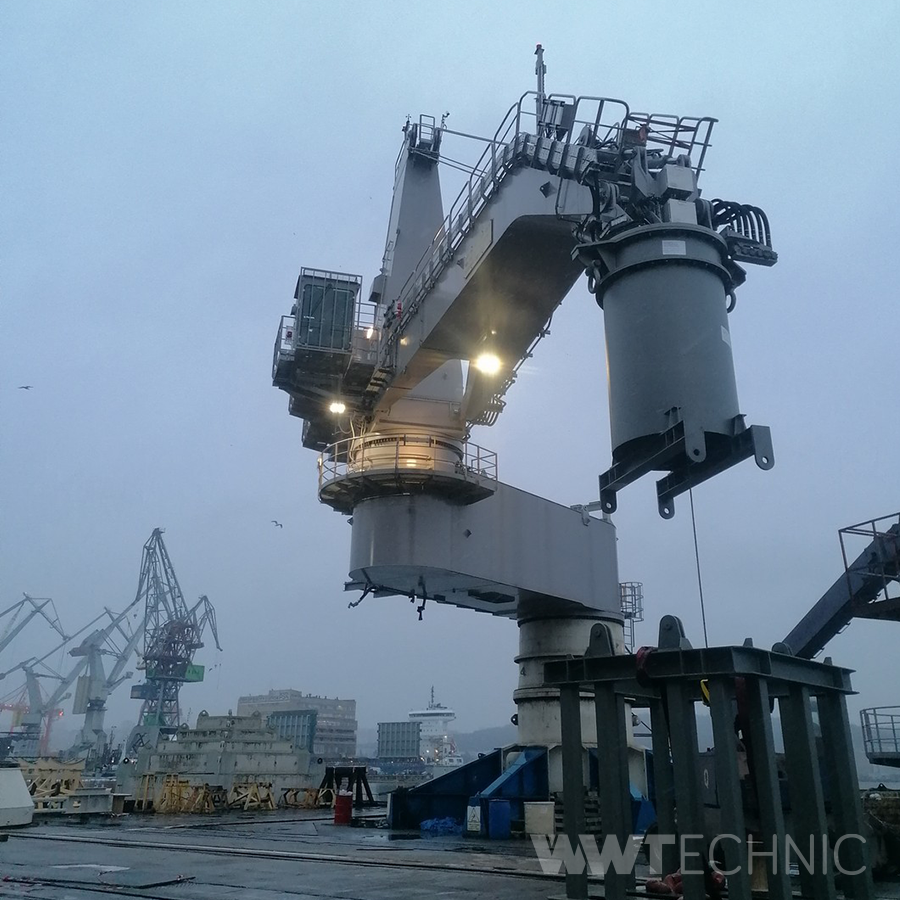
Picture by Piotr Drozd
Further projects in Turkey, near Tuzla, were other fully electric ferries integrated by SEAM. The capacity of the “Vestrefjord” ferry is over 2MWh divided into 2 battery rooms.
Also in Turkey, he performed commissioning and service work on fully electric tugboats used in the port of Gisas, which had their charger installed for these tugboats. The capacity installed on them was ranging from 1.4kWh to 2.2kWh. The integrator was the Turkish company BMA.
Few more interesting projects
One of the most interesting projects was the commissioning of 40 battery packs with a total power of over 4.1MWh on the Shakleton superyacht at the German Lursen shipyard. The integrator was ABB. We divided the batteries into 2 battery rooms, each with 20 battery packs.
Another super yacht was the JAG project, also in Germany, near Hamburg. This installation was much smaller, as it had only 480 kWh. It was intended mainly for peak shaving and emergency backup modes.
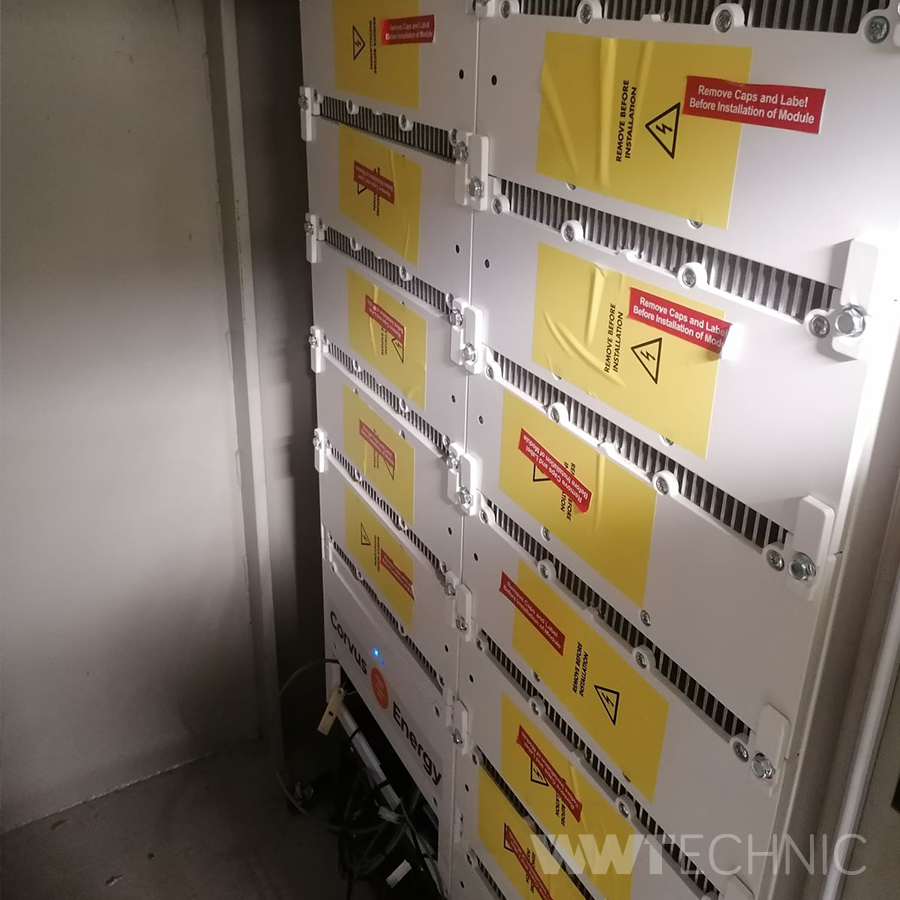
Picture by Piotr Drozd
Several projects in Dutch shipyards also involved the commissioning of river ferries (the total power of the installed batteries is approximately 500 kWh). These were typically electric ferries sailing on the river in Amsterdam, owned by the EVB company.
Most of the battery system projects involved installation on ships, but 2 projects stood out as completely different. The first one was a McGregor fully electric crane with 160kWh batteries for peak shaving. The crane is intended for a US Navy ship. The second unusual project with Corvus batteries was a container for Siemens Gamesa wind turbines.
His smallest set of batteries belongs to an inland cruise ship MS Viva Two. The batteries mainly provide emergency backup power. Thus installed capacity was 89kWh only.
A quick look into the future
Collaborating with leading integrators such as Wartsila, ABB, and SEMA, we emphasize the synergy between innovative technology and industry expertise. Energy Storage Systems solutions continue to evolve and so do the demands of the market. Whether it’s optimizing peak shaving on electrically powered vessels or ensuring reliable backup power for emergencies, we are ready to take the challenge. Our engineers drive their work with a commitment to sustainability and performance.
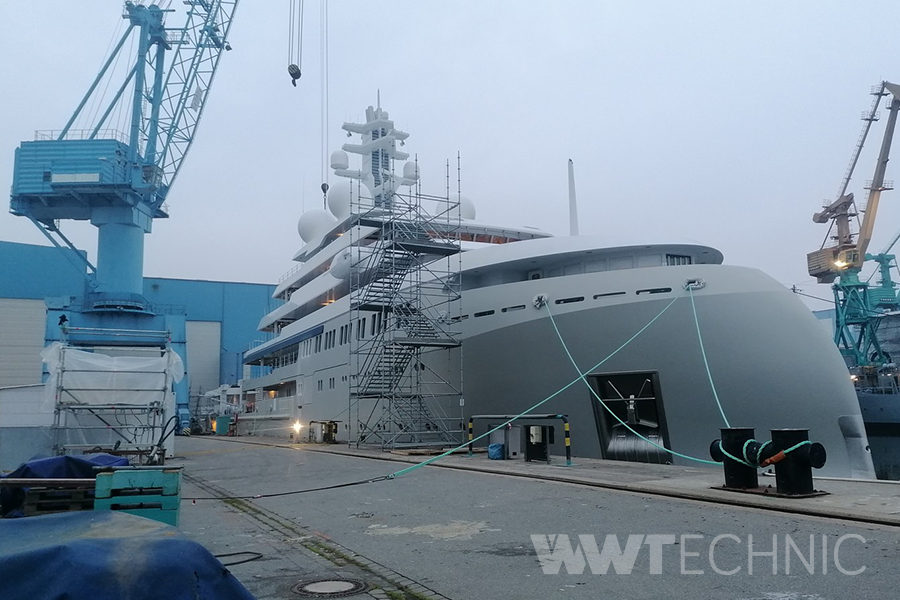
Picture by Piotr Drozd
With experience in projects spanning multiple continents and involving diverse vessel types, we are ready to embrace the next generation of energy storage technologies. While the maritime industry charts a course toward a greener future, ESS will remain a cornerstone of innovation, driving efficiency, sustainability, and reliability on the high seas. With engineers like Piotr, Antoni, and Piotr leading the charge, the journey towards a more sustainable maritime future is well underway.
With this intention we are looking for Commissioning Engineers. Are You set on a sustainable future? Would you like to be part of the exciting projects around the world? Jump onboard the WW Technic and join the journey with us! There are a lot of exciting projects ahead!

